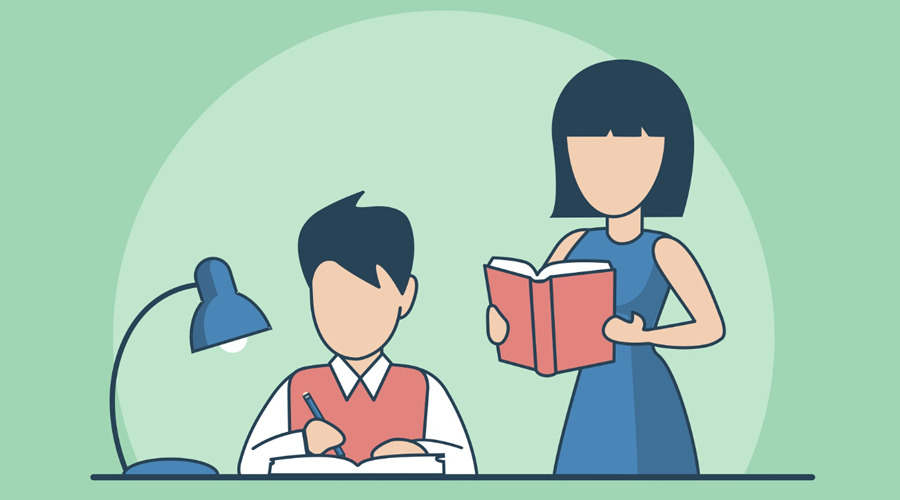Beyond Human Touch: AI's Emerging Role in Ad Content Creation
Join us as we go into this fascinating discussion about the potential of AI-powered natural language generation.
6К открытий9К показов
Far from being a distant dream, AI’s growing influence is a palpable reality, weaving its way through the fabric of content creation and management. From the nuts and bolts of research and editorial planning to the intricacies of creative composition, AI is increasingly playing the role of both the assistant and the innovator.
When we think about AI in copywriting and advertising, we imagine (and some of us not without horror and fear of losing their jobs) a world where writers are liberated from the mundane, empowered by machine learning to elevate their craft, producing content that resonates deeper and engages more effectively. However, this world is not without its shadow. AI, for all its brilliance, still grapples with matching the depth and finesse of human-led, high-tech ad campaigns, and this might be good news for someone who fears the new technology.
By any means, we stand at a crossroads in a technological revolution. AI in ad copywriting is a story of impressive impacts and ongoing evolution, a narrative of how machine intelligence might seamlessly merge with human creativity to revolutionise marketing.
Join us as we go into this fascinating discussion about the potential of AI-powered natural language generation – a tool wambling between efficiency and persuasion, potential and limitation.
Enhancing Copywriting Productivity with AI
The first step in any copywriting task is ideation. AI tools have become invaluable in this phase, offering a blend of data-driven insights and creative suggestions. These tools analyse existing online content, consumer behaviour, and market trends to suggest relevant and compelling topics. They can identify gaps in current content offerings and suggest ideas that are likely to be received with interest from the target audience.
Furthermore, AI algorithms predict the effectiveness of certain topics, providing guidance on which ideas generate more engagement or traffic. This predictive capability is grounded in analysing vast amounts of data on user interactions and responses to similar content.
Once a topic is selected, the next step is to create an outline. AI is great at structuring content effectively. It can suggest headings, subheadings, and the logical flow of information, ensuring the content is coherent and engaging. By analysing successful pieces in similar domains, AI tools can recommend a structure that aligns with best practices and audience expectations.
AI-created outlines act as a guiding framework for writers, simplifying the writing process and guaranteeing the inclusion of all essential elements. This approach not only accelerates the writing task but also improves the overall quality of the finished product.
AI in Editing: Ensuring Quality and Style
We found out how the emergence of AI in the editing process has transformed how we approach writing, now let’s talk about style and quality of writing. AI tools are now indispensable for spell-checking, grammar correction, and stylistic editing. These tools employ advanced algorithms to detect and correct errors, ensuring that the text is not only error-free but also adheres to stylistic norms and readability standards.
For example, the tool called Linguix, an advanced AI-driven writing assistant, offers more than basic spell-checking. It meticulously reviews your text for grammatical inaccuracies, punctuation errors, and stylistic inconsistencies, delivering context-specific suggestions. Equipped with over 2,700 sophisticated checks for grammar, spelling, and style, Linguix guarantees your writing is articulate, succinct, and devoid of mistakes.
As the description of this tool suggests, AI significantly contributes to refining writing style and readability. With a real-time suggestions and improvements, you can employ it to develop a more compelling narrative style, ensuring that the content is accessible and enjoyable for the target audience.
AI and Conversion Rate Optimisation
High-Converting Ad Copy
First and foremost, AI’s efficiency in creating ad copy lies in its ability to analyse vast amounts of data and understand what appeals to audiences. This insight is crucial for making high-converting ad copy that effectively captures attention and motivates action. The relevant examples are already here: Tomorrow Sleep utilised MarketMuse‘s AI for content strategy, targeting high-value topics. This AI-guided approach boosted their website traffic by 10,000%, effectively elevating the brand’s market presence and expertise in the sleep industry.
PAS, AIDA, Before-After-Bridge
AI tools can apply various proven copywriting frameworks like Problem-Agitate-Solution (PAS), Attention-Interest-Desire-Action (AIDA), and Before-After-Bridge.
The recent article “How to Use AIDA, PAS and BAB Frameworks To Craft Persuasive Marketing Copy” in great detail discusses the charms of this method. When it comes to using these frameworks in conjunction with AI, your virtual assistant can identify what you are looking for and offer a solution. To uncover my thoughts, let’s consider one example with Attention-Interest-Desire-Action:
- AI can analyse data to identify what grabs attention in a specific market.
- It can suggest content that piques interest based on user behaviour and trends.
- AI tools can recommend language and phrases that amplify desire by understanding emotional triggers.
- For the action phase, AI can optimise call-to-action phrases by testing various versions for effectiveness.
Bonus Point: Tools For Tracking Traffic and Conversion
Various tools in the market, like Google Analytics, Adobe Analytics, HubSpot and others, offer insights into web traffic and user behaviour. These tools often integrate AI to analyse data more effectively, predicting trends and user preferences. One of the examples I would like to unfold here is Unbounce Smart Traffic, which demonstrates how AI can significantly enhance ad performance.
Unbounce Smart Traffic utilises AI algorithms to analyse web traffic, considering factors like location and device. It intelligently routes visitors to the most suitable landing page, enhancing user engagement and relevance. This customisation significantly boosts conversion likelihood, as content aligns more closely with visitor interests. The AI system’s continuous learning from user interactions improves efficiency over time. This tool both increases ROI by enhancing conversion rates and provides valuable insights into visitor behaviour, aiding in broader marketing strategy development and content creation, while reducing bounce rates.
AI-Powered SEO Enhancement
And finally, one of the important facets of AI in Copy and Marketing worth discussing is SEO enhancement. The thing is relatively new in itself, but still is greatly enhanced with the advent of AI.
AI dramatically improves keyword research and contextual targeting, pivotal for SEO. Tools like Ahrefs and SEMrush employ AI to uncover trending keywords, understand search intent, and suggest terms that align with user queries. This ensures content is not only visible but also relevant to search engine algorithms and audiences. MarketMuse, which has been already mentioned earlier, aids in creating content that’s both keyword-rich and reader-friendly. It provides insights on topic relevance, content depth, and readability, balancing SEO needs with user engagement. Surfer stands out as an AI tool for SEO optimisation. It examines high-ranking pages, advising on keyword usage, content structure, and other SEO factors. This ensures that content is not just appealing to readers but also ranks well in search results.
All of the examples (and so much more!) represent a leap in SEO practices, blending data-driven keyword strategies with engaging content creation for optimal search engine visibility and user interaction.
Conclusion
This article has illustrated how AI not only streamlines the creative process but also ensures that content resonates deeply with target audiences. I do hope that it gave you an idea of how AI’s integration into ad copywriting marks a transformative era in content creation and marketing. It enhances productivity, optimises conversion rates, refines SEO practices, and becomes an indispensable tool in the advertiser’s arsenal.
As we look to the future, AI’s role in content creation and marketing strategies appears not just promising but essential, heralding a new age of precision, personalisation, and efficiency in advertising.
6К открытий9К показов




